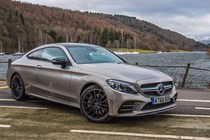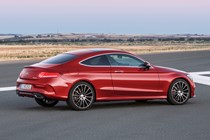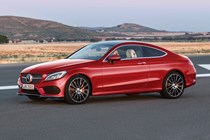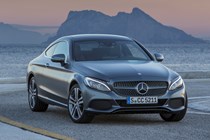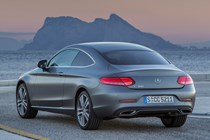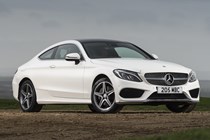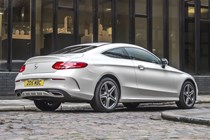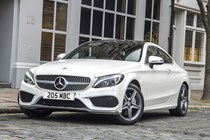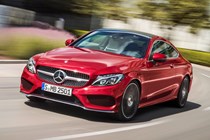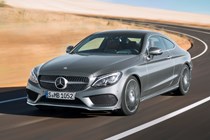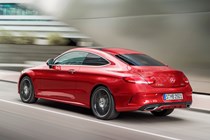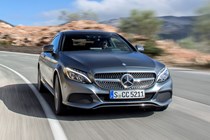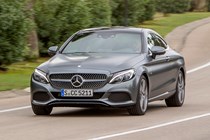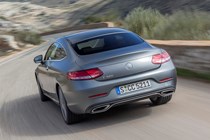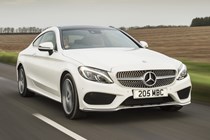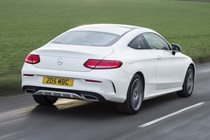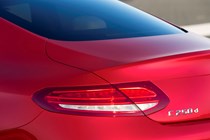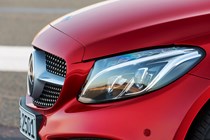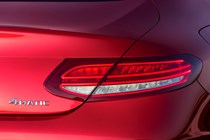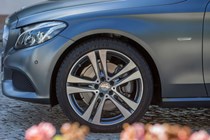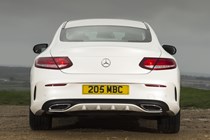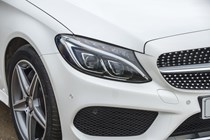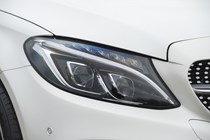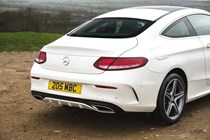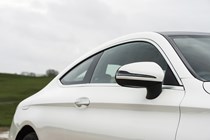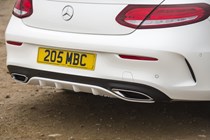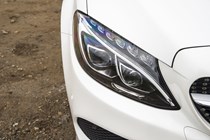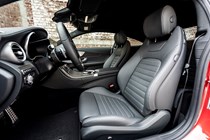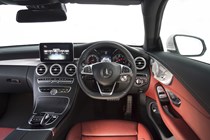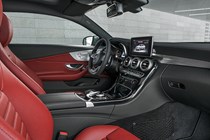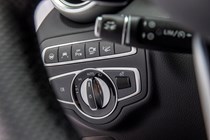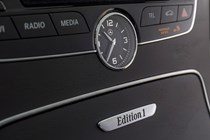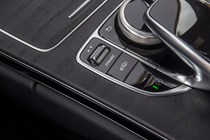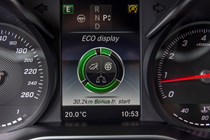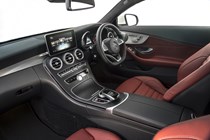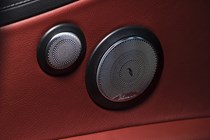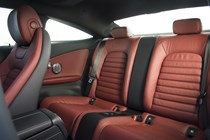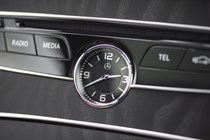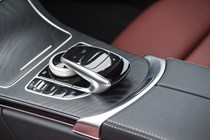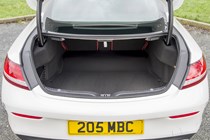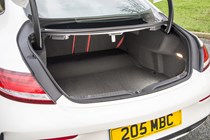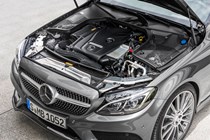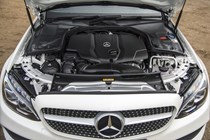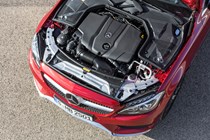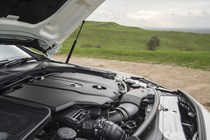
Mercedes-Benz C-Class Coupe (2015-2023) running costs and reliability

Miles per pound (mpp) ⓘ
| Petrol engines | 3.7 - 6.2 mpp |
|---|---|
| Diesel engines | 5.6 - 7.1 mpp |
Fuel economy ⓘ
| Petrol engines | 25 - 42.2 mpg |
|---|---|
| Diesel engines | 44.1 - 55.4 mpg |
- Frugal new entry-level engines impress
- C 200 economy figures potentially good
- Insurance and servicing likely to be costly
For the best fuel economy, the diesel C-Class Coupe is the one to go for, with some impressive claimed mpg numbers for all. The most fuel-efficient is the C 220 d, returning up to a claimed average of 61.4mpg combined.
The petrol models can’t match even the least frugal diesel’s claimed economy figures. The most efficient petrol is the C 200, which returns up to 46.3mpg. The 4Matic version of this motor achieves up to 43.5mpg according to Mercedes-Benz.
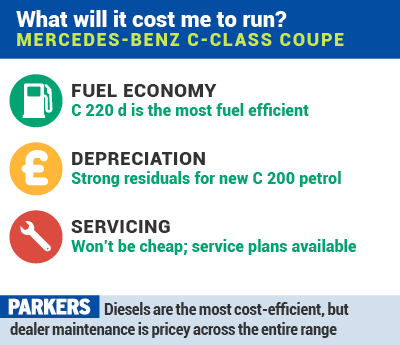
The more powerful C 300 claims 44.1mpg, while the Mercedes-AMG C 43 is the worst performer (unsurprisingly), returning just 29.7mpg on the combined cycle.
It shouldn’t be too pricey to fuel-up most C-Class models then, but servicing and maintenance is likely to be quite costly unless you opt for a service plan, while insurance prices could also be a little higher than you might expect.

When it comes to CO2 emissions, the C-Class range varies greatly across the board. Unsurprisingly, it’s the diesels with the lowest emissions figures, but the amount emitted by each model varies depending on the size of the wheels.
The C 220 d claims 121g/km of CO2 on the standard 18-inch wheels. Put 19-inch wheels on this model and you can expect 130g/km. The C 200 is the cleanest of the petrol line-up, with emissions between 140 and 148g/km, with the 4Matic version returning 150-159g/km.
The C 300 emits between 140 and 147g/km, while the Mercedes-AMG C 43 emits 217g/km.
- C-Class looks and feels solidly put together
- Lots of recalls issued for the car, though
- If buying used, any problems will have been sorted
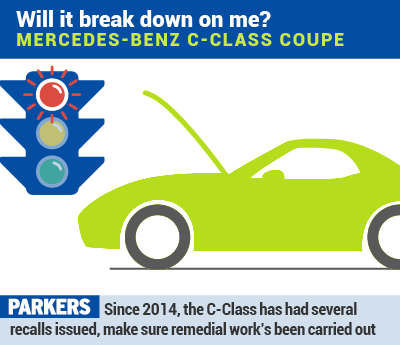
The C-Class looks and feels a solidly built car, but that doesn’t mean it’s immune to problems.
So far in its life cycle, it’s been the subject of a number of official recalls.
- 2 x seat belt
- 1 x axle mounting breaking
- 1 x faulty wiring in steering assembly
- 1 x power steering
- 1 x flammable vapour may ignite
- 3 x fuel leak
- 1 x airbag
- 2 x risk of fire
- 1 x engine failure
- 2 x oil leak
- 1 x front seats not secured
- 1 x passenger airbag
- 1 x side restraint
- 2 x engine stalling
- 2 x vehicle shut down
- 1 x steering control
- 2 x faulty control unit
- 1 x steering coupling
- 1 x power steering motor
- 1 x starting current limiter overload
- 1 x AMG – axle mounting breaking
Ongoing running costs
| Road tax | £20 - £620 |
|---|---|
| Insurance group | 31 - 50 |
Get an insurance quote with

|
|


